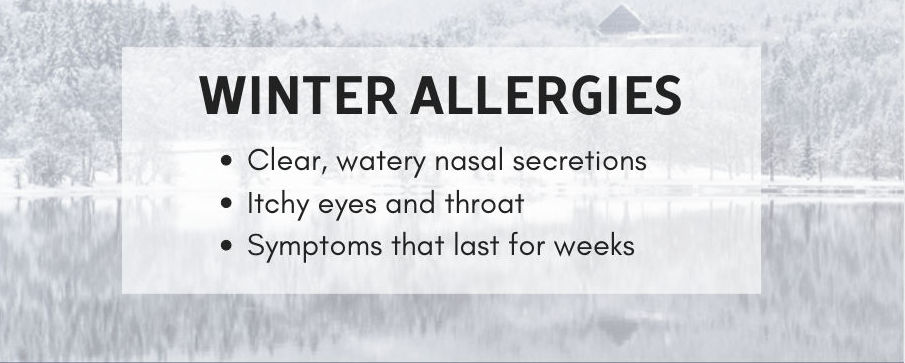Animals, molds and dust mites are the most common culprits.
By Carah Santos, M.D. US NEWS
It’s winter. Tree branches are bare, snow sprinkles the ground and the sound of children sneezing and sniffling fills the air. Is it a cold or could it be allergies? While many don’t associate the winter months with allergies, several indoor allergens, particularly from furred animals, molds and dust mites, may cause bothersome eye and nose symptoms in children with allergies due to their increased time spent indoors during cold, short days.
How can we tell if these symptoms are due to a cold or allergies? Unlike viral illnesses, allergies are not associated with fevers, fatigue and body aches. Additionally, colds gradually resolve after about a week, while allergy symptoms tend to persist for much longer.
Here are the most common culprits that cause winter allergies in children, plus tips for minimizing exposure to them:
Animals: Allergy-triggering proteins from pets are found not only on their fur, but also in their dander, saliva and urine, meaning there is no such thing as a “hypoallergenic” cat or dog.
- Keep your pet strictly out of your child’s bedroom and off common furniture where your child lays.
- Bathe your pet weekly to wash off allergens.
- After your child plays or snuggles with your pet, immediately give your child a bath and change his or her clothes.
- Vacuum carpets and rugs and damp mop hardwood floors weekly.
Molds: Mold spores originate from dark, warm, damp areas in the home, including in basements, bathrooms and kitchens. Reducing moisture in the home is the key to preventing mold growth.
- Immediately wipe down damp surfaces on counters and in showers.
- Turn on the exhaust fan or open a window while showering.
- Take out the trash daily, and throw out spoiled food from the refrigerator.
- Keep the humidity in your home to less than 50 percent and avoid humidifiers.
Dust Mites: These are microscopic critters that live in warm, humid environments, especially in pillows, mattresses, bedding, carpet and upholstered furniture. They feed on the skin cells we shed. Dust mites are not as prevalent in dry climates, but the use of humidifiers in the home may allow dust mites to flourish.
- Every week, wash your child’s bedding in hot water (130 degrees Fahrenheit or greater), vacuum carpets and rugs, and damp mop hardwood floors.
- Keep the humidity in your home to less than 50 percent, and avoid humidifiers.
- Encase your child’s box spring, mattress and pillows in dust-proof covers.
A large part of dealing with allergies is being proactive to treat your symptoms before they even begin. When combined with these proper precautions, allergy symptoms can often be kept in check.
Image from: http://www.allergyconsumerreview.com/winter-allergies.html#sthash.NyeMcjVa.dpbs
